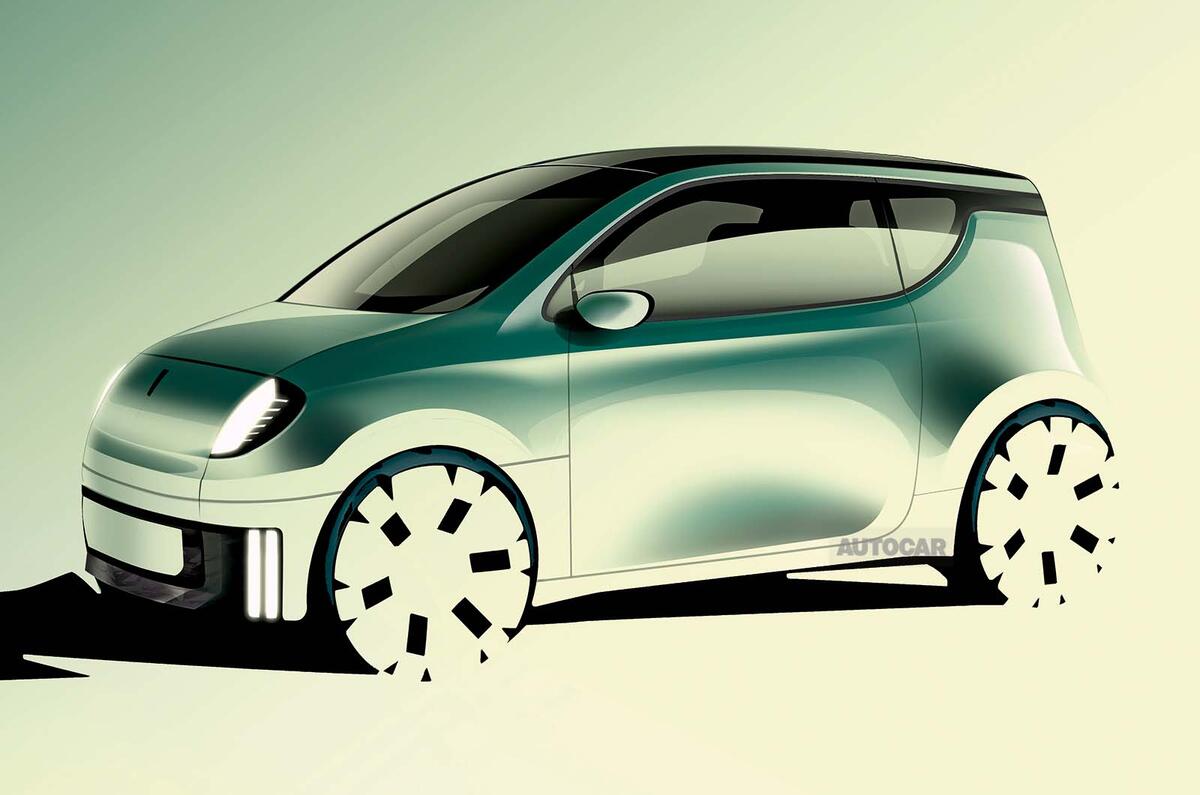The trend towards bigger, heavier cars with more safety kit and features has put the future of the affordable city car in serious doubt.
Small cars used to be a popular sight in our cities, but they’re now an endangered species – which is bad news for anyone seeking an affordable new car.
A few months ago, Renault Group CEO Luca de Meo proposed a solution: taking inspiration from Japan’s small urban vehicles, known as kei cars, believing that a European version could help make for affordable mobility and help get older, smoggier cars off European roads.
De Meo has a bullish view on cross-manufacturer co-operation (inspired “by Airbus”) for electric European kei cars. “Compact cars could create a growth surplus for Europe” of £500 million in annual GDP and create 10,000 jobs, he said.
De Meo had spoken to Volkswagen about a possible joint venture to produce a cheap small electric car before talks broke down. However, a sub-£17k Renault Twingo remains on course for a 2025 reveal and VW hopes its similarly conceived ‘ID 1’ can make production in 2027.
The Renault Group boss sees the future as “going back to the fundamentals of the industry, mass development of small cars for urban travel and last-mile deliveries, adding benefits such as reserved parking spaces, cheaper parking and reserved charging points”.
With electric car sales currently sagging, de Meo’s plan seems to be two-pronged: not just reducing the price, but also giving up on trying to match the range achieved by combustion-engined cars, because range equals cost. De Meo thinks his vision of the future can appeal to “middle-class buyers” who cover lower daily mileage and have completely vacated the new car segment as new models have become steadily more expensive.
What Autocar's vision of a kei car for Europe would be like
Electric range
Engineering co-operation across rival car makers has a chequered past, but getting production volumes as high as possible is crucial to reducing the cost of a city EV. Range would need to be 110 miles in the summer, well in excess of the average daily use of 30 miles.
Platform
Creating a new platform from scratch is an expensive business. The Twingo is set to use a development of the new AMPR Small (formerly CMF-BEV) architecture, with a further reduction in costs of 40%, partly realised by reducing the number of parts and cutting software costs by working with Google.





Join the debate
Add your comment
NCAP safety, comfort (usually taken care of by a long enough wheelbase) and feelgood factor (looks) are important to customers. They cannot be provided by a Kei class car. Car needs a reinvent to assure these aspects in a downsized package.
No they're really not.
Batteries are getting bigger, and (with LiFePo), heavier per kWh.
Density has gone *backwards* with LiFePo - batteries that were initially used for home systems (heavier but cheaper and safer).
I love cars, have three children and live in central London, so feel perpetually conflicted. The concept of a 'city car' is an oxymoron, at least in a city where there is workable public transport and roads that accommodate cyclists. To aim to create a class of car that has range that limits it to urban use and is so cheap that it encourages huge sales at a time when many cities are already congested with traffic makes no sense.
De Meo's vision of the future is instructive: “going back to the fundamentals of the industry, mass development of small cars for urban travel..." His comment suggests he thinks that a wave of new city car sales is what is best for the car industry, not for cities and those living there.
Having lived in Japan, I think it is instructive that the country that created the kei car has some of the best public transport systems (and most congested cities) in the world.
Car companies should certainly aim to create efficient, small cars but it would be a mistake to target urban use only. Like the Citroen 2CV and e-C3, an affordable small car should accommodate at least four adults, have a reasonable boot and range of at least 150 miles: there is absolutely no reason why small cars should not be used for long journeys.
Car companies obviously have a serious problem with 'middle-class buyers' leaving the new car market but this is more of a problem for the companies than said buyers. Most of us are happy to look to the very well stocked second hand market for affordable and eco-friendly cars (2023 UK used car sales 7.2m; new car sales 1.9m (private buyers <40% of that)). If De Meo wants to align the interests of Renault and the current urban 'middle-class buyer', perhaps he should be looking for more radical solutions such as how to re-engine existing cars with electric powertrains.